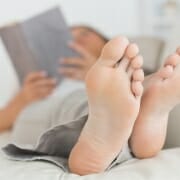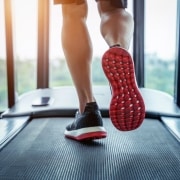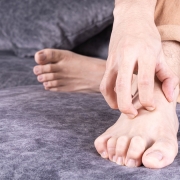What Are the Most Effective Treatments for Athlete’s Foot?
Estimates of athlete’s foot are relatively high in the US, with as many as 15% of the population having it at any given time. If you have it, you likely have itchy or blistered feet. In addition to being uncomfortable, it can also be contagious. We’ll look at the top treatments for the condition and what you can do to end the madness.
OTC Vs. Prescription Treatments
There are antifungal medications that you can buy at the store or get from your doctor. Mild cases of athlete’s foot can often be treated by a brand like Tinactin or Lotrimin. Look for active ingredients like clotrimazole, miconazole, terbinafine, or tolnaftate.
If your athlete’s foot in Pflugerville, TX is more stubborn or advanced, you may need a prescription-strength medication from a podiatrist in Austin. These medications may be topical and/or oral, and it’s important to follow the directions carefully to clear up the condition. If you’re going to use a prescription-based medication, it should be done only after speaking to a doctor. Certain treatments may cause adverse effects if you’re taking other types of medication.
Preventing athlete’s foot in the future often means keeping your feet as dry as possible. This means washing and drying between the toes twice a day and changing your socks when they’re sweaty. You should also avoid ill-fitting shoes to avoid unnecessary congestion, particularly during the warmer months of the year.
Athlete’s Foot in Pflugerville, TX
No matter what type of athlete’s foot you have, experts recommend seeing a podiatrist in Austin if it’s either advanced or a chronic problem. At Dr. Jeffrey Lamour, DPM, PA, you’ll work with a foot doctor who can identify a treatment you can count on and help prevent the condition from coming back.







